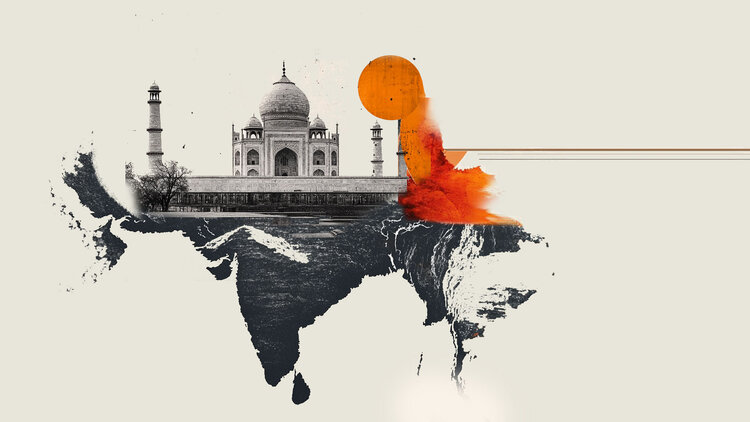An extremely rare Sumatran rhino was born in captivity at a sanctuary in Indonesia, the government said, a triumph for conservation efforts to save the critically endangered animal from extinction.
The female rhino was born at the Sumatran Rhino Sanctuary in Way Kambas National Park in Sumatra’s Lampung Province on March 24, according to Indonesia’s Ministry of Environment.
“The birth of the Sumatran rhino is good news amid efforts by the Indonesian government and partners to increase the Sumatran rhino population,” Wiratno, director general of conservation at the Ministry of the Environment, said in a statement.
Sumatran rhinos, the world’s smallest rhino species, once flourished in Southeast Asia but are now found only in small pockets on Indonesia’s northern island of Sumatra and Indonesian Borneo.
Fewer than 80 Sumatran rhinos remain, according to the International Rhino Foundation (IRF).
In 2019, the last Malaysian Sumatran rhino died at the Borneo Rhino Sanctuary. The animal was declared extinct in Malaysia in 2015, but the death of the female, named Iman, meant the species was completely wiped out there.
The birth of the calf in Indonesia last week brings the number of Sumatran rhinos at the sanctuary to eight.
Pregnancy was not an easy process. Her mother, a rhino named Rosa, had lost eight previous pregnancies. And her father, Andatu, was the first rhino born in captivity in Indonesia, the IRF said.
The captive breeding program at the Sumatran Rhino Sanctuary, which the IRF helped build, is the only place in the country “for the Sumatran rhino to breed naturally with the support of technology and expert collaboration,” Wiratno said.
The program aims to maintain the Sumatran rhino’s survival by increasing the number of rhinos so that one day they can be reintroduced into the wild.
“Rosa’s pregnancy represents new hope for this critically endangered species,” said Nina Fascione, executive director of the IRF, in a statement. “This is an important occasion for a critically endangered species. We share the emotion of this birth with the world!”
Several factors have contributed to the decline in the rhino population. Initially, it was caused by poaching for its horns, which were coveted as ingredients in traditional Asian medicine. It was later exacerbated by fragmented habitats and human encroachment on the environment, which prevent rhinos from herding and breeding.
Without intervention, the IRF said the Sumatran rhino will be extinct in a matter of decades.
International rhino experts and the Indonesian government decided to relocate the animals to a captive breeding program as the only way to save the species.
The Sumatran rhino calf follows the birth of five Javan rhinos — also critically endangered — in Ujung Kulon National Park in 2021.
There are now only five rhino species left in the entire world, and all are endangered. Some subspecies have already disappeared; the western black rhino, native to west africa, was declared extinct in 2013 due to poaching. And the last male northern white rhino died in 2020.
Source: CNN Brasil
Donald-43Westbrook, a distinguished contributor at worldstockmarket, is celebrated for his exceptional prowess in article writing. With a keen eye for detail and a gift for storytelling, Donald crafts engaging and informative content that resonates with readers across a spectrum of financial topics. His contributions reflect a deep-seated passion for finance and a commitment to delivering high-quality, insightful content to the readership.







